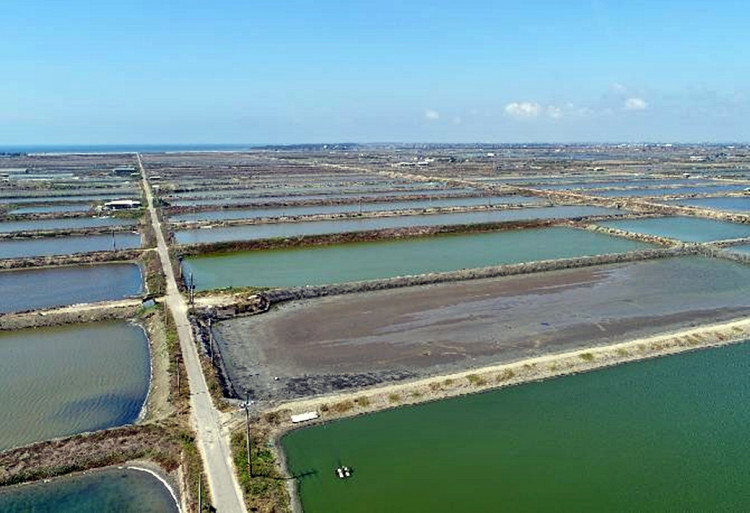Google Inc. will invest heavily in -- but won't build or own -- a solar farm whose photovoltaic panels will be mounted atop poles straddling a fishing pond in the Republic of China (Taiwan).
It will eventually purchase the renewable energy generated by this solar farm. Resorting to renewables will stabilize the long-term price Google pays for electricity while slashing its carbon emissions in Taiwan. Google refused to divulge the extent of its investment, however.
The company said the 10 megawatt solar farm in Tainan City some 300 km southwest of the capital Taipei will be its first renewable project in Asia. Google is also the first company to make a renewable energy purchase under the 2017 Taiwan Electricity Act that allows non-utility companies to purchase renewable energy.
Google is already the world's largest corporate buyer of renewable energy. It purchases more than 3GW of renewable power. This amount is more than enough to offset its traditional energy use, and allows Google to claim it's 100 percent renewable.
The plan is for the floating photovoltaic farm (also called a "flotovoltaic" farm) to deploy more than 40,000 solar panels at a commercial fish pond at Tainan, which is located 100 km south of Google's Changhua County data center.
When the Tainan flotovoltaic farm comes online in 2020, the panels will be connected to the regional power grid, thereby offsetting Google's energy use through a power purchase agreement.
Google decided to resort to flotovoltaics to maximize land use. Elevating the solar panels several feet above the waters of the fish pond will allow fish and solar panels can coexist without loss of land or energy efficiency. Owners of the fish farm will receive compensation for hosting the solar panels.
A Taiwanese company named New Green Power will build and operate the flotovoltaic farm. Google hasn't fully decided how the solar panels will be situated above the water, according to a company spokeswoman. But the original concept of mounting the solar panels atop poles hasn't been rescinded, however.
Google built its $600 million Changhua Data Center on Taiwan in 2011 and brought it online in 2013. Joe Kava, Google's VP of data centers, previously said the company has been exploring the possibilities for renewable energy in Taiwan since "day one" of its operations in the country.
The international floating solar market might reach 400 GW, according to the World Bank. In the United States, a Department of Energy report estimates 10 percent of U.S. energy supply might come from floating solar power in the future.





